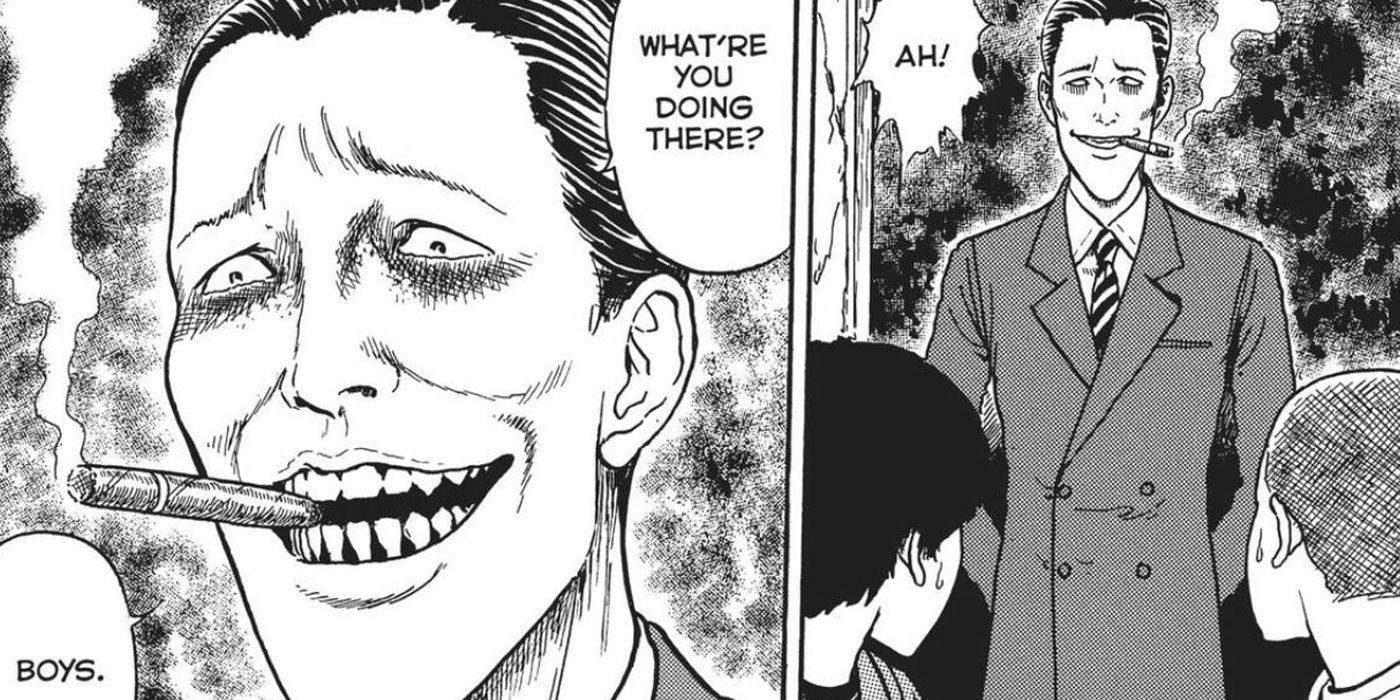

Most often it’s listed under the same kind of games as One Man Hide and Seek, or the Elevator Game – in the UK we might be more familiar with Bloody Mary. The fortune telling game itself does seem to be based on a real Japanese ritual game called Tsuji-ura, although thanks to the internet, creepypasta and my ignorance of the language, it’s hard to tell how authentic this is. You could argue that spiralling mental health takes root in children more easily, or that their age makes their demise more tragic – or perhaps it’s just that the personality of a teenager is so changeable and impressionable that it’s more plausible for them to have such a drastic breakdown when faced with the idea that they’ll never be loved. The madness spreads outwards from these spots quite literally, and are certainly connected to our hapless hero Ryusuke.Īs is often the case with Junji Ito’s work, the main characters are teenagers, starting out as people you or I might personally know or have known. What works especially well is the feeling of the situation snowballing, from one damaged woman to an entire town of young women. Not unlike The Enigma of Amigara Fault in that respect, a harmless school game turns the girls of this mysteriously foggy town into love-obsessed zombies who allow the pervasive madness to drive them to extremes of starvation, stalking, and eventually suicide.

What the main story arc does best is deal with the idea of compulsion – the threads that pull us toward our own destruction. These two collections are followed by three short stories: The Manson of Phantom Pain, The Rib Woman, and Memories of Real Poop (yes, really). You might well find this volume less disturbing than his others – rather than unsettling concepts like “everything is turning into spirals”, or “there’s a man living in my chair”, Lovesickness deals more with your classic hauntings, the idea of fate and, later in The Strange Hizikuri Siblings, troubled families where even Souchi might belong. Taking its name from the story told in the first half of the book (printed elsewhere as The Boy At The Crossroads and The Lovesick Dead), the first major storyline deals with a sweet boy named Ryuske moving back to his childhood town, the place where he accidentally caused a horrible tragedy. Junji Ito’s at it again with the suicide-filled creepfest that is the Lovesickness collection, and like all of his work, it is worthy of a manga review.


 0 kommentar(er)
0 kommentar(er)
